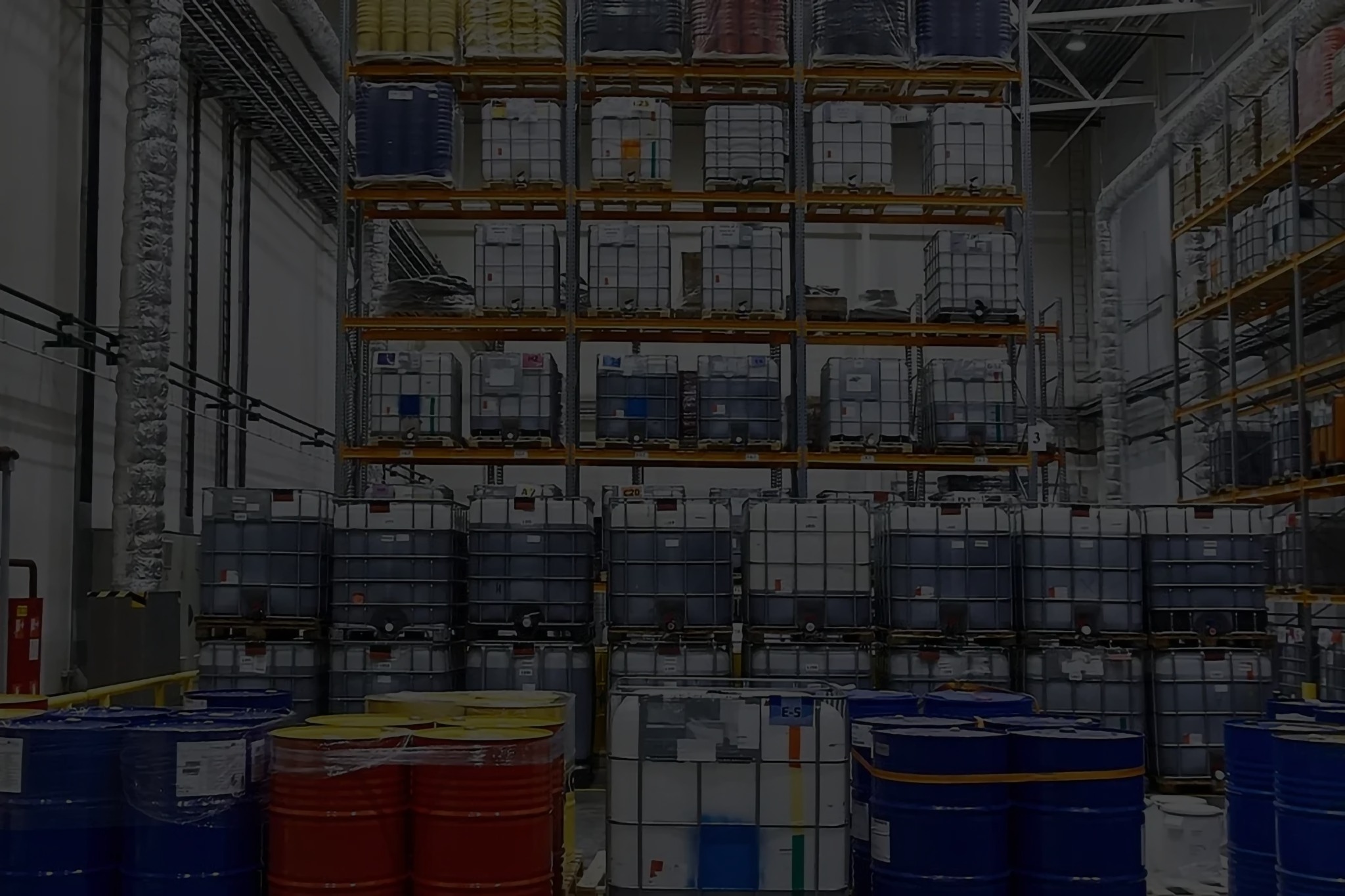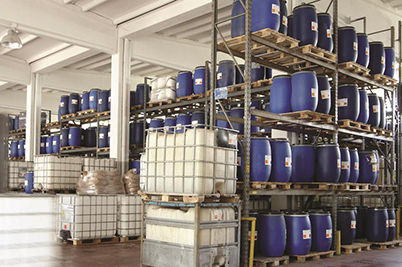Safety Practices for Nitric Acid Suppliers
Nitric acid is a highly corrosive and toxic chemical used in various industries, including fertilizers, explosives, and metal processing. Due to its hazardous nature, it is essential for suppliers to adhere to strict safety practices and compliance norms to ensure secure handling and environmental protection. This blog outlines the critical safety measures and regulations that nitric acid suppliers must follow to prevent accidents and ensure safe operations.
Personal Protective Equipment (PPE)
Importance of PPE
Personal protective equipment is crucial when handling nitric acid. Suppliers must ensure that all personnel are equipped with the appropriate PPE to protect against chemical exposure and burns. The required PPE includes:
- Chemical-Resistant Gloves: To prevent skin contact and chemical burns.
- Safety Goggles or Face Shields: To protect the eyes from splashes.
- Acid-Resistant Aprons or Suits: To protect the body from spills and splashes.
- Respiratory Protection: In case of inhalation risk due to fumes.
Training and Education
Regular Training Programs
Training and education are fundamental to ensuring that employees understand the hazards associated with nitric acid and the correct handling procedures. Regular training sessions should cover:
- Hazard Communication: Informing workers about the properties and dangers of nitric acid.
- Emergency Procedures: Steps to take in case of a spill, exposure, or other emergencies.
- Safe Handling Techniques: Proper methods for transferring, storing, and disposing of nitric acid.
Storage and Handling
Proper Storage Solutions
Safe storage of nitric acid is critical to prevent accidents. Suppliers must adhere to the following guidelines:
- Designated Storage Areas: Store nitric acid in well-ventilated areas away from incompatible substances like organic materials and reducing agents.
- Secondary Containment: Use secondary containment systems to catch leaks and spills.
- Temperature Control: Maintain stable temperatures to prevent degradation or reaction with other substances.
Safe Handling Procedures
When handling nitric acid, suppliers should implement the following procedures:
- Use of Proper Equipment: Utilize acid-resistant containers and tools to transfer and measure nitric acid.
- Spill Containment: Have spill kits readily available and train employees on their use.
- Avoiding Contamination: Ensure that nitric acid is not contaminated with other chemicals during handling.
Transportation
Regulated Transport Practices
Transporting nitric acid requires adherence to strict regulations to prevent accidents during transit. Suppliers should follow these practices:
- Proper Labeling: Clearly label all containers with hazard symbols and handling instructions.
- Secure Packaging: Use robust, leak-proof containers designed for transporting corrosive chemicals.
- Documentation: Ensure that all shipments are accompanied by appropriate documentation, including safety data sheets (SDS) and emergency contact information.
Environmental Protection
Minimizing Environmental Impact
Suppliers must take measures to minimize the environmental impact of nitric acid. This includes:
- Waste Management: Implement proper disposal methods for nitric acid waste, following local and federal regulations.
- Spill Prevention: Install systems to detect and contain spills, preventing contamination of soil and water sources.
- Emission Controls: Use scrubbers and other technologies to reduce the release of nitric acid fumes into the atmosphere.
Regulatory Compliance
Adhering to Standards
Compliance with regulations is mandatory for nitric acid suppliers. Key regulations include:
- OSHA (Occupational Safety and Health Administration): Provides guidelines on the safe handling and storage of hazardous chemicals.
- EPA (Environmental Protection Agency): Regulates the disposal and environmental impact of hazardous substances.
- DOT (Department of Transportation): Sets standards for the safe transportation of hazardous materials.
Conclusion
Ensuring the safe handling and compliance of nitric acid is paramount for suppliers. By adhering to strict safety practices, providing proper training, and complying with regulatory standards, suppliers can prevent accidents and protect both workers and the environment. Maintaining these safety measures not only ensures compliance but also promotes a culture of safety and responsibility within the industry.

